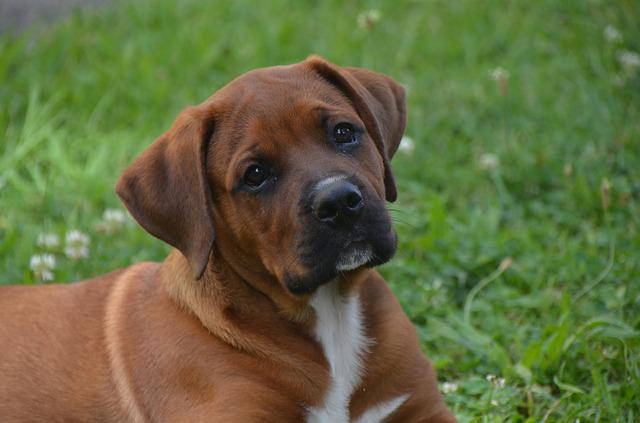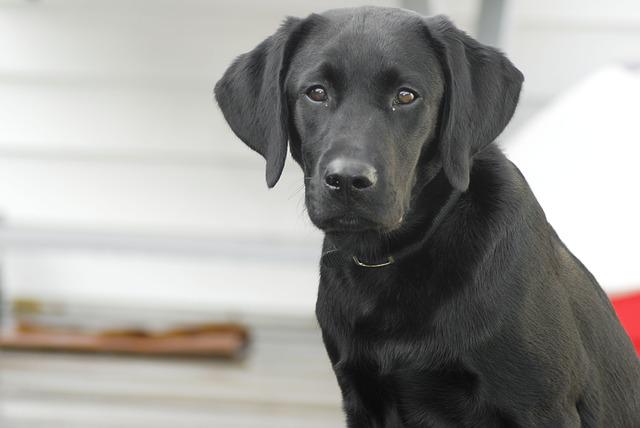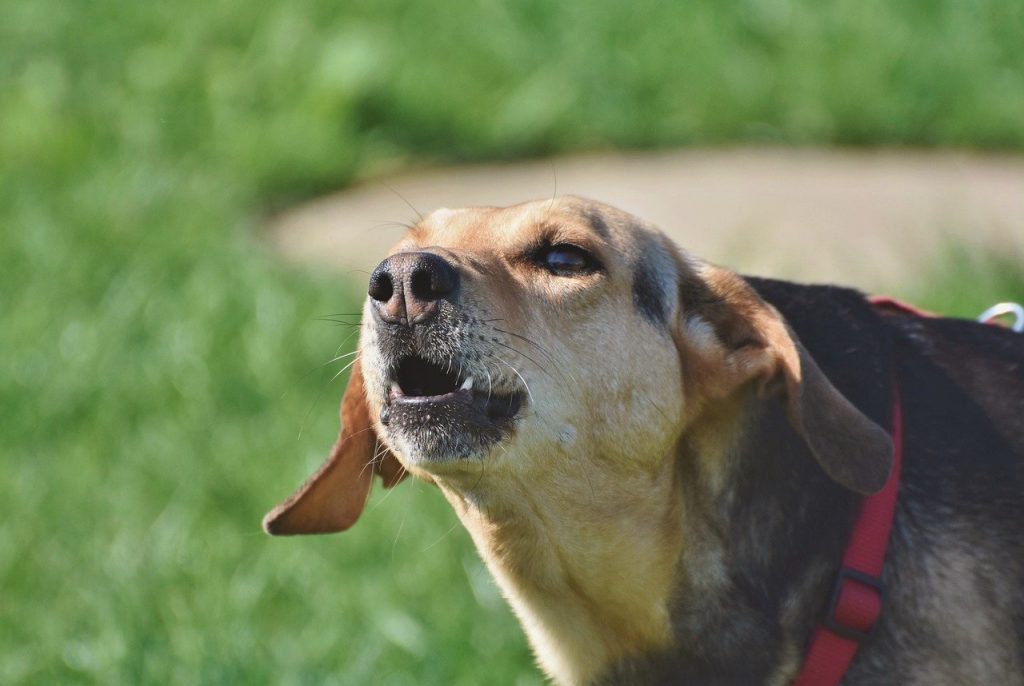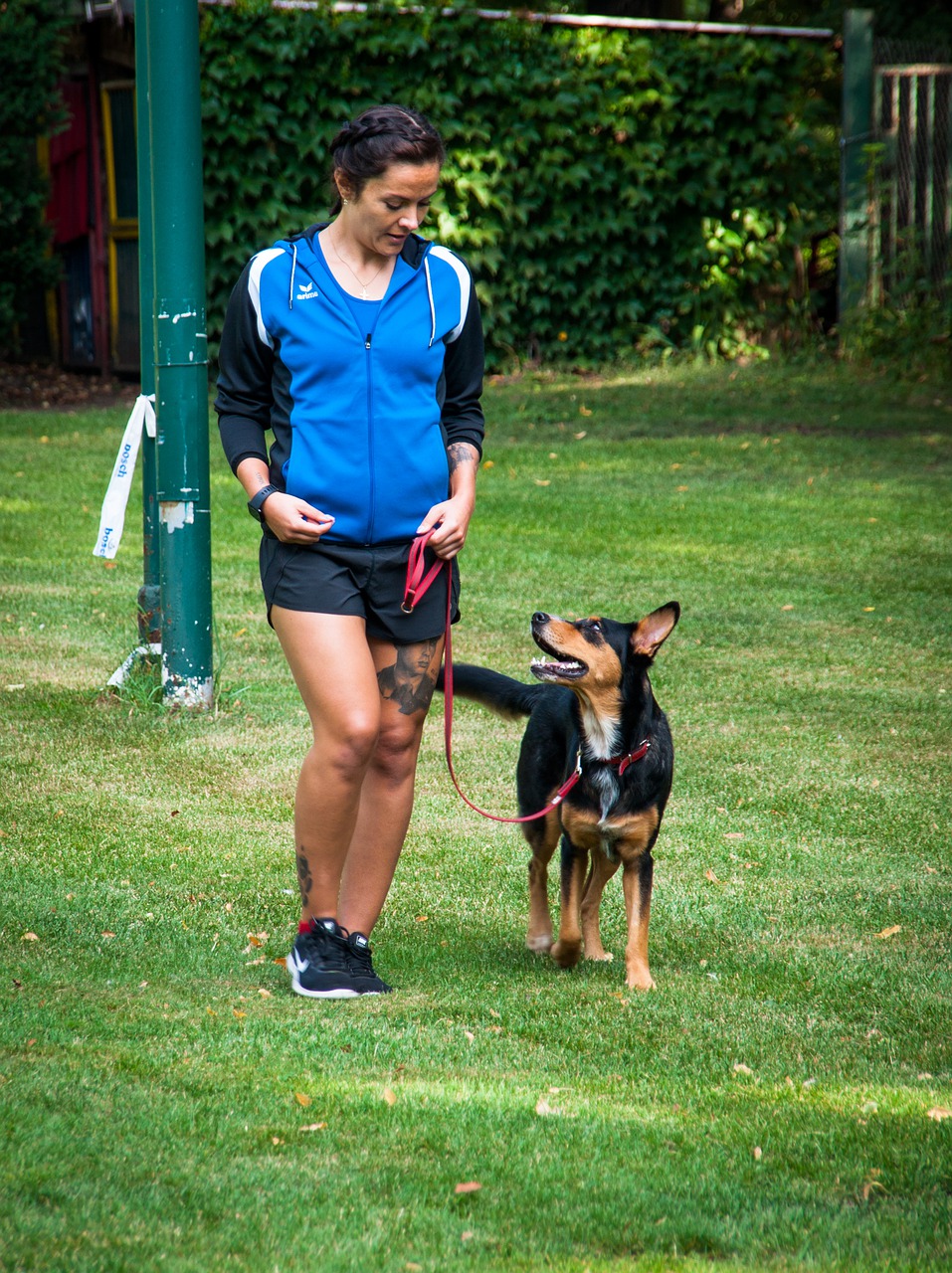
We all hate having to leave our dog at home while we go off to work. And unfortunately, for most of us, we have to work! That means your dog will be left alone for long hours during the day. This can cause stress to your dog and to yourself. So what can you do to keep your dog entertained while you’re away from the home?
Use a Professional Dog Walking / Sitting Service
One fantastic way to keep boredom away is to hire professional dog walkers to check in on your dog and take them out for a walk. It’s easier than ever to book a dog walker. For example, dog walkers in Chelmsford, use an online managing system where you can easily sign up, schedule walks and check-ins, communicate instantly with your dog walker and much more! We highly recommend signing up to a professional dog walking service to make sure your dog is getting the attention and care they need while you’re away from the house.
Toys that Dispense Food
Dogs really love food dispensing toys. Especially if they are very active! These nifty little devices will keep your dog entertained while you’re at work which means the dog is provided with mental stimulation and therefore less likely to misbehave. That’s why food dispensing toys are highly recommended by trainers and dog behaviourists.
There are multiple benefits of using a food-dispensing toy. Not only do they keep hunger at bay, they also provide the important mental stimulation that your dog needs while you’re away. If you have a dog who is prone to getting up to mischief while left alone, these toys can be a great way to keep them busy so they won’t have time to destroy the house! In addition to this, if you have a greedy dog that eats too quickly, these toys will help them to slow down because they force them to eat one bite at a time.
So, how do they work?
You may have to teach your dog how to use one of these toys if they have never used one before. Here are some pointers:
To start with, use treats that have a strong smell and can be cut into small pieces. Your dog will instantly smell the delicious treat and this will really help your dog focus on the toy. Once your dog has the hang of things, you can begin to change up the types of treats you use,
Make it easy at first. Let your dog sniff the toy and put the treats under or next to it to start off. Do this before filling the toy with treats. Once they are used to interacting with the toy, you can load it up with treats and select the easiest setting. A lot of treat dispensing toys have multiple difficulty levels which will change the difficulty of the puzzle to be solved by the dog.
Don’t give up! Some dogs take a while to get used to the toys. You just need to persevere until they get the hang of it. Try different types of toys until you find one that you dog clicks with.
Use TV and Music to Keep Them Busy
Yes! TV for dogs actually exists! There are streaming services made entirely for dogs that offer 24 hour television that has been designed especially for dogs.
Studies show that playing music to dogs can reduce bad behaviour linked to anxiety and stress and increase relaxation. Reducing stress is especially important when your dog is left alone as they will be in a higher stressed state than usual. So before you go to work next time, put on a relaxing playlist for your dog!
Make Sure your Dog Has a Window with a View
No one would like being cooped up inside all day staring at four walls. And neither would your dog. That’s why it’s a good idea to make sure they have access to a window that they can look out of. This will help your dog keep themselves busy as they become the nosey neighbour. Time will pass much quicker for them if they can watch what’s going on outside. If you have a small dog, you can help them look out the window by allowing them to sit on a chair so they will be higher up.
So now that you know how to keep your dog entertained while you’re at work, you and your dog can enjoy the day without worry and stress. By making sure that your dog is entertained while you’re out, you can decrease bad behaviour and encourage relaxation and calm.







